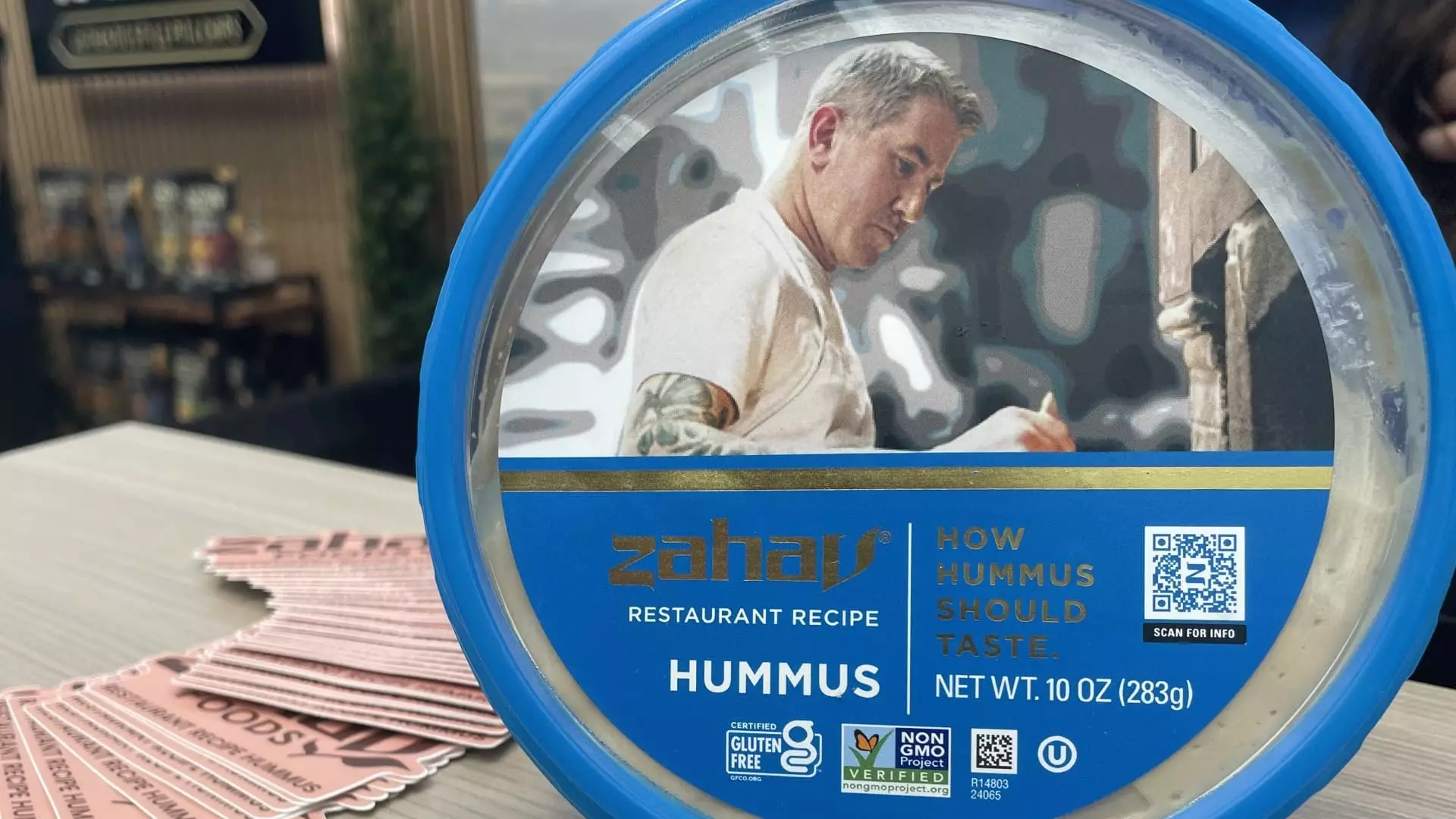In the rapidly changing world of gastronomy, food trends often mirror the societal values and economic realities of their time. The recent Summer Fancy Food Show laid bare a landscape riddled with fleeting fads that threaten to overshadow genuine culinary innovation. While some trends—like elevated condiments and reimagined pantry staples—hold promise, many others seem driven by social media hype rather than authentic culinary progress. As a consumer and culinary enthusiast who values authenticity, I find myself questioning whether these trends represent meaningful change or are merely superficial spectacles designed to capture fleeting attention spans.
The proliferation of “swicy”—a portmanteau of sweet and spicy—exemplifies this phenomenon. It initially appeared as an exciting evolution of the familiar hot honey or spicy ketchup, yet it risks becoming just another flavor gimmick. Chefs and brands are co-opting these trends faster than they can be evaluated for durability or nutritional value, often prioritizing viral appeal over substantive culinary artistry. This relentless chase after the newest flavor sensation seems more like an industry craving for social media virality than a pursuit rooted in authentic taste and cultural significance.
The Illusion of Innovation in Condiments and Palates
Condiments, long the cornerstone of flavor enhancement, are now undergoing what can only be described as superficial upgrades. The boldness of infusing olive oils with harissa or aging them in sherry casks might excite culinary snobs, but are these truly innovations or merely marketing enhancements? The danger is that such embellishments might obscure the fundamental purpose of condiments: to elevate food, not distract from it.
This superficial trend extends into mustards, where traditional contenders are being challenged by new players claiming to introduce texture and complex fermentation processes. While these efforts seem innovative, they risk diluting the essence of what makes these condiments beloved—simplicity, reliability, and flavor harmony. The obsession with “next big thing” condiments may create a cluttered market that overwhelms consumers rather than enriches their culinary experiences.
More troubling is the wholesale revival of plant-based products. Though vegan and vegetarian alternatives have gained recognition for their ethical implications, recent displays reveal a shift towards marketing taste above ideology. Exhibitors are increasingly emphasizing flavor profiles over their plant-based credentials, perhaps signaling an industry tired of the virtue signaling that often accompanies these products. It raises the question: Are these innovations driven by genuine concern for health and sustainability, or are they merely attempts to capitalize on consumer guilt and trendiness?
The Paradox of Culinary Authenticity Versus Trend-Driven Innovation
Despite the promise of genuine innovation, the reality at this year’s show was somewhat bleak. Many brands introduced products that, while seemingly new, were essentially nostalgia dressed in modern packaging: beef tallow chips, for instance, hailed as a healthier fat alternative by political figures seeking to champion “tradition.” But does replacing seed oils with rendered animal fat constitute real progress, or merely a superficial attempt to recast outdated practices as trendy?
Simultaneously, the rise in at-home chef culture—sparked by pandemic restrictions—has fostered a renaissance of authentic, handcrafted condiments. Chefs are now emphasizing their craft, promoting products that are rooted in tradition but elevated through quality ingredients and care. This authentic movement counters the shallow marketing of novelty; it champions craftsmanship, cultural authenticity, and culinary integrity. Yet, there’s an inherent risk that these genuine efforts will be overshadowed by the hype-driven product launches aimed solely at grabbing attention.
The industry’s flirtation with novelty seems as much about capturing social media clicks as it is about improving taste or health. This dichotomy raises concerns about the future of food: Will consumer preferences be driven by meaningful nutrition and cultural heritage, or will they be sacrificed on the altar of viral trends and superficial innovation? In my view, the latter seems increasingly likely unless consumers become more discerning.
The Influence of Social Media and the Danger of Ephemeral Fads
The quick rise and fall of trends like Dubai chocolate illustrate the superficiality endemic to modern food culture. TikTok and Instagram perpetuate a cycle where a product can dominate conversations for a fleeting moment—only to fade into obscurity—leaving behind a trail of unfulfilled promises and wasted resources. Such ephemeral fads do little to foster genuine culinary progress; instead, they reflect a distracted culture that values novelty over depth.
The resurgence of beef tallow, driven by political narratives and lifestyle branding, exemplifies how social media amplifies fringe ideas that lack scientific backing. It creates a market where food choices become politicized rather than purely culinary or health-related. This environment threatens to distort our understanding of nutrition, emphasizing trends rooted in ideology rather than evidence-based science.
In a world increasingly skeptical of corporate overreach and superficial advertising, true culinary innovation must stand on its merits—namely, health benefits, cultural significance, and authentic craftsmanship. Yet, the current market seems saturated with temporary gimmicks, diluting the potential for meaningful progress.
The Central Question: Are We Moving Forward or Just Following Fads?
Ultimately, the question is whether these food trends are signs of a genuinely evolving culinary landscape or just another chapter in a cycle of superficial experimentation. Real progress demands an honest reflection on our values: Do we prioritize flavor, health, cultural authenticity, and sustainability? Or are we fixated on what’s trendy, viral, and marketable?
While some trends could eventually lead to lasting change—like improved condiments rooted in tradition or sustainable plant-based options—the overall landscape is dominated by hype and fleeting novelty. As consumers, food professionals, and policymakers, there’s an imperative to critically evaluate the narratives pushed by marketers and industry insiders. Genuine culinary innovation requires the patience to distinguish between what excites momentarily and what truly advances our collective food culture.
The future of food hinges on our ability to resist superficial trends and champion those innovations rooted in authenticity, health, and cultural respect. Only then can we hope to build a culinary environment that values substance over spectacle and meaningful progress over fleeting fame.

